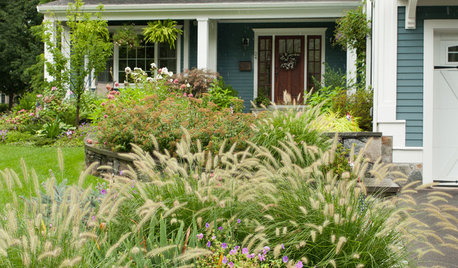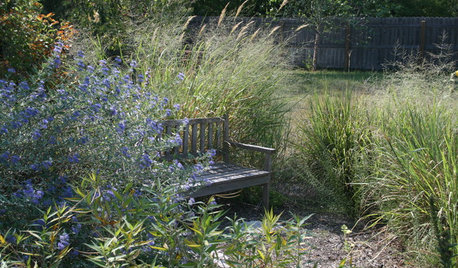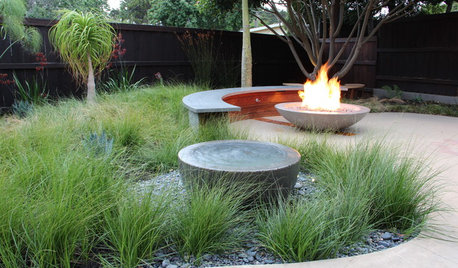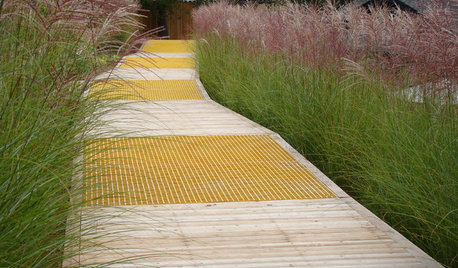Grass Seed
tommcgtx
11 years ago
Related Stories

GARDENING GUIDESHow to Plant a New Lawn From Seed
Choose from more grass varieties and save money over sod by starting your lawn from seed
Full Story
GARDENING GUIDESGreat Design Plant: Purple Needle Grass, California’s State Grass
The long-lived, drought-tolerant Stipa pulchra is as admired for its benefits as for its good looks
Full Story
LANDSCAPE DESIGNGreat Design Plant: Lively Fountain Grass Thrives Just About Anywhere
Enjoy fountain grass for its exuberant form, long-lasting color and texture for borders and more
Full Story
GARDENING GUIDES5 Great Grasses for a New Lawn
Learn about maintenance, wear tolerance, ideal climate and more for these top turf choices to pick the right one for you
Full Story
GARDENING GUIDESGreat Design Plant: Indian Grass
Bring whispers of prairie winds to your garden with this swaying native grass that stands tall all winter
Full Story
GARDENING GUIDES8 Spectacular Grasses to Energize a Fall Garden
Dancing in the autumn wind or flowing along a flower bed, these ornamental grasses bring wonderful movement and color to the landscape
Full Story
CENTRAL PLAINS NATIVE PLANTS10 Top Grasses for the Central Plains
Low-maintenance grasses provide seasonal interest and wildlife habitat, and aid good design
Full Story
GRASSES10 Ways to Use Ornamental Grasses in the Landscape
These low-maintenance plants can add beauty, texture and privacy to any size garden
Full Story
LANDSCAPE DESIGNEnergize Your Landscape With Masses of Grasses
Create year-round interest with waves of attention-getting grasses for all kinds of yards
Full Story
GARDENING AND LANDSCAPINGOld School Green Design: Add Texture With Grass
Ornamental grasses capture the breeze and ripple like water in the landscape
Full StoryMore Discussions






kidhorn
tommcgtxOriginal Author
Related Professionals
Milwaukee Landscape Architects & Landscape Designers · Willowick Landscape Architects & Landscape Designers · Biloxi Landscape Contractors · Deer Park Landscape Contractors · Kettering Landscape Contractors · Longmont Landscape Contractors · Miller Place Landscape Contractors · Mission Bend Landscape Contractors · Monterey Landscape Contractors · Nanuet Landscape Contractors · Saint John Landscape Contractors · Waldorf Landscape Contractors · West Orange Landscape Contractors · Casselberry Landscape Contractors · Shenandoah Landscape Contractorsgrass1950
dchall_san_antonio
tommcgtxOriginal Author
nearandwest
texas_weed
kidhorn
tommcgtxOriginal Author
dchall_san_antonio